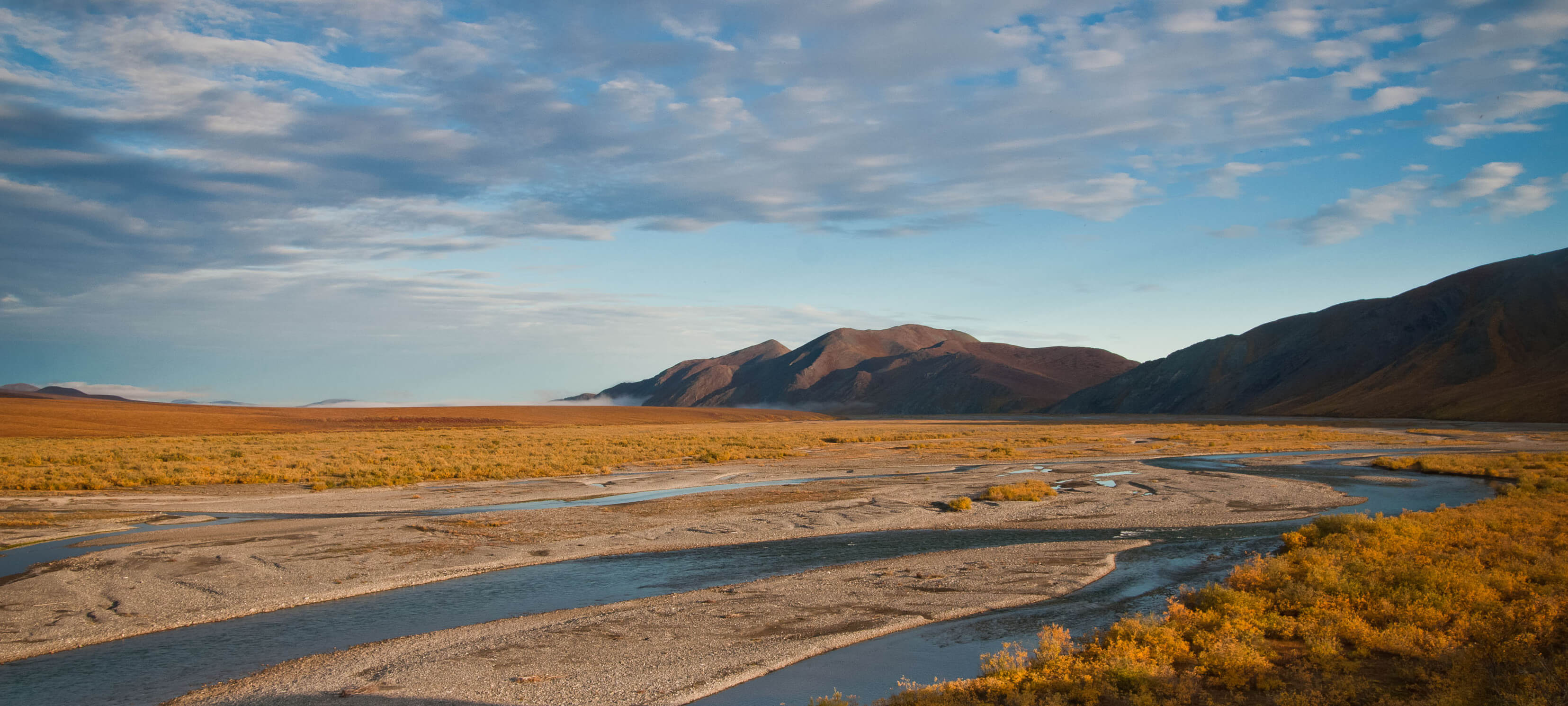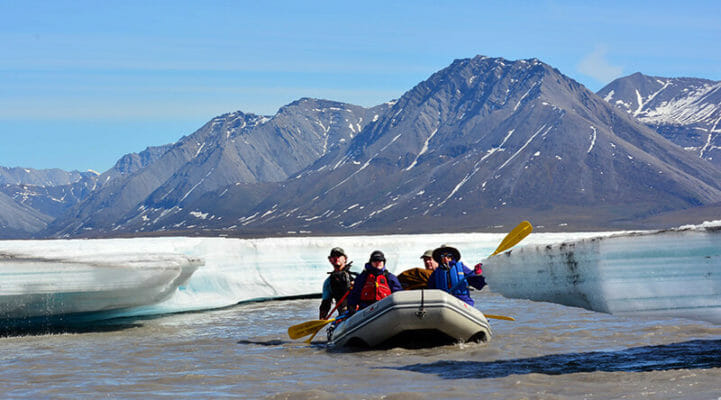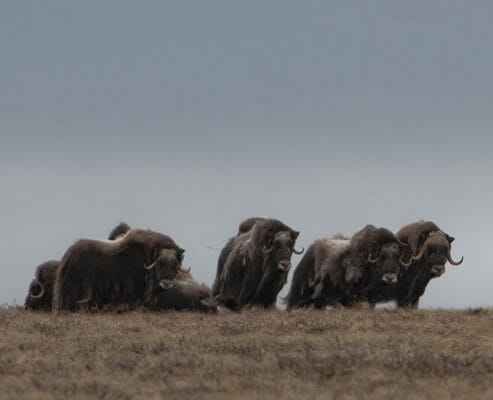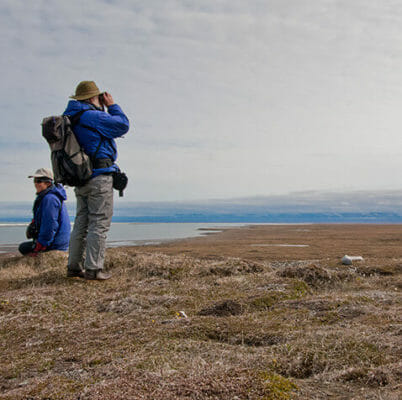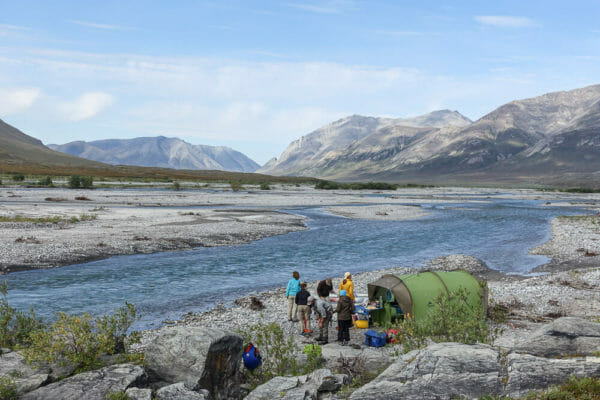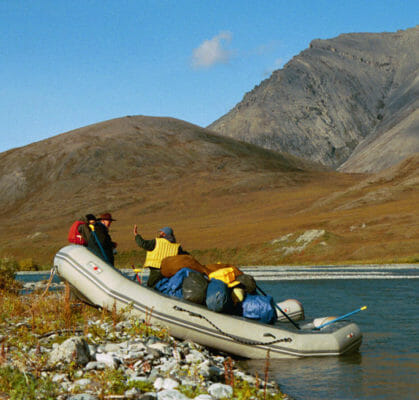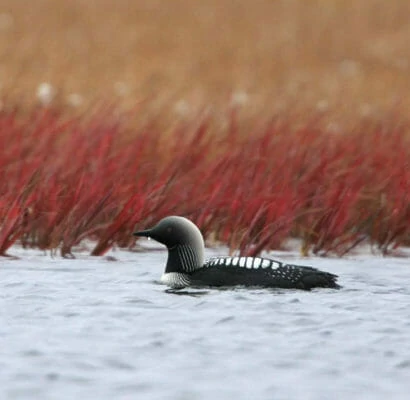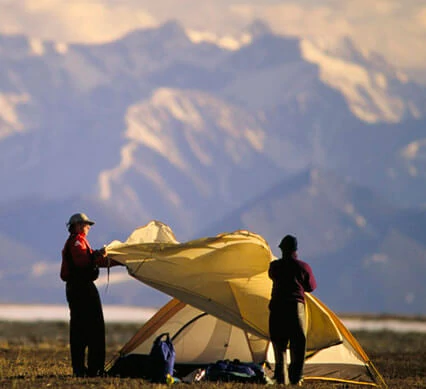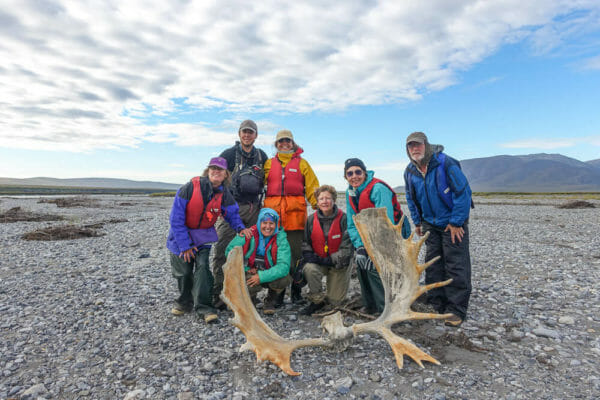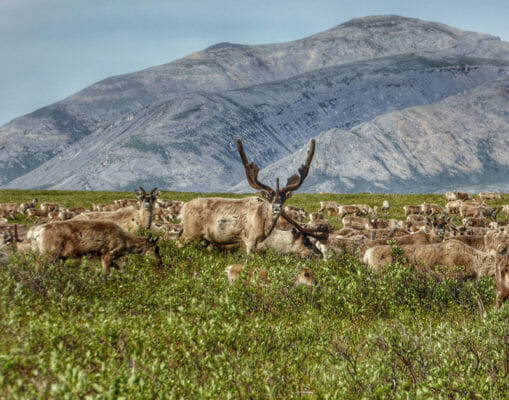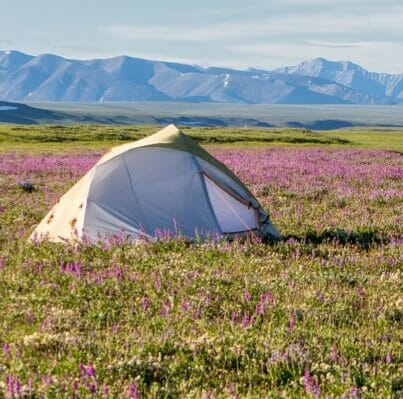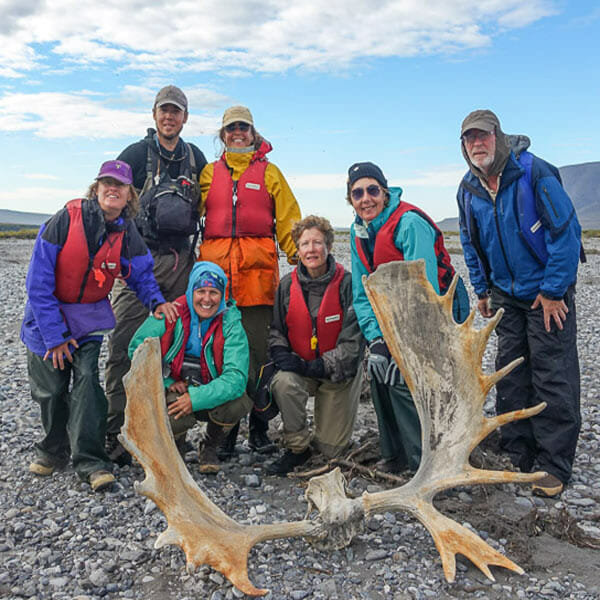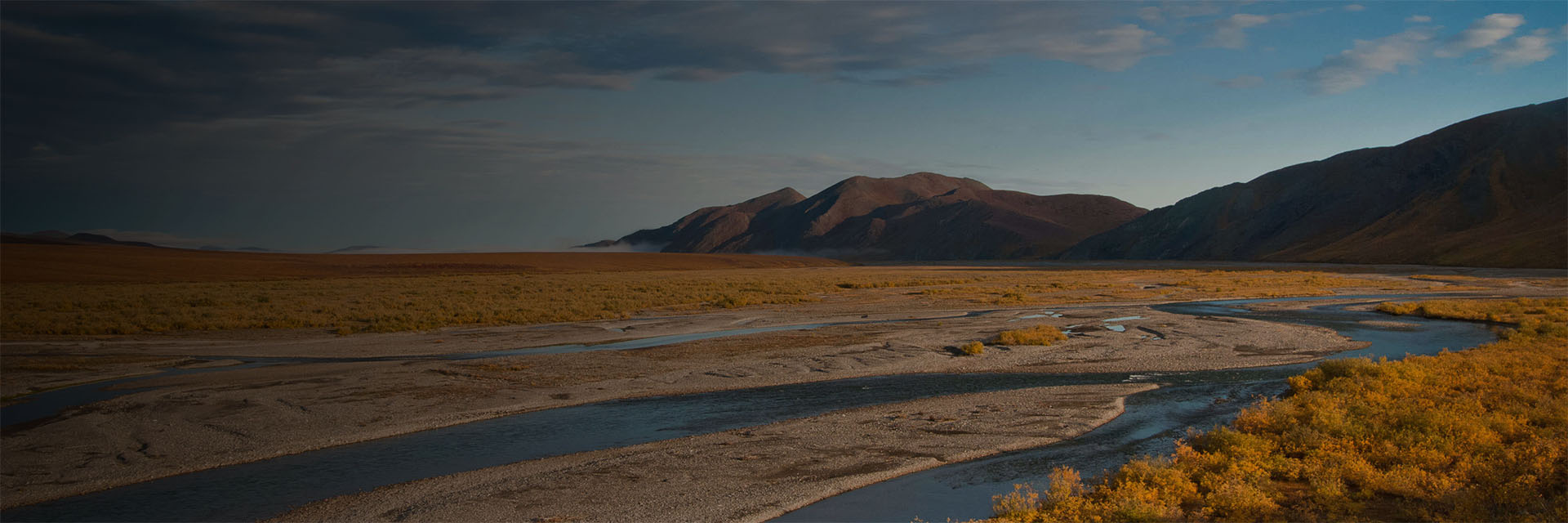Last updated: November 22, 2021
Itinerary
What follows is a general flow of events. Expect the unexpected and prepare to be flexible.
June 14
Meet your guides for a pre-trip meeting at 8 am in Fairbanks at Arctic Wild headquarters. We’ll orient you to the trip logistics, help you check through your gear, and take time to answer everyone’s questions before heading to the airport for our flight to the Gwich’in community of Arctic Village. It is a privilege to be hosted by the village and we’ll have the opportunity to discuss the long-standing struggle to prevent oil development in the calving grounds of the Porcupine Caribou Herd which are central to Gwich’in culture and livelihoods. After a dinner of (with luck) caribou stew we spend the night in the community hall.
June 15
From Arctic Village it is still almost 2 hours to fly to our put-in on the Canning. Once the entire group has arrived, we can set up camp and explore the nearly limitless wilderness.
June 16 - June 23
On paddling days we will spend about five hours on the water, stopping for short walks and a delicious lunch en route. There will be two or three “layover days” where we will keep camp set up and will explore the area on foot. Guides will lead informal natural history hikes on moving days and on the layover days. The hiking is good the entire length of the river and wildlife can be found at any time. Early in the trip the scenery is fairly mountainous. As we descend the river the sky opens and the lands flattens. The coastal plain and especially the river delta is rich in bird life, some of the best in Arctic Alaska. The diversity of wildlife and landscapes is a great joy of the trip. We plan on spending the last full day of the trip at the Arctic Coast and we can hike down to the beach where there is an old Inupiat village.
June 24
Weather permitting, our pilot will arrive and fly us back across the Brooks Range to Fairbanks in time for a late dinner and a shower.





